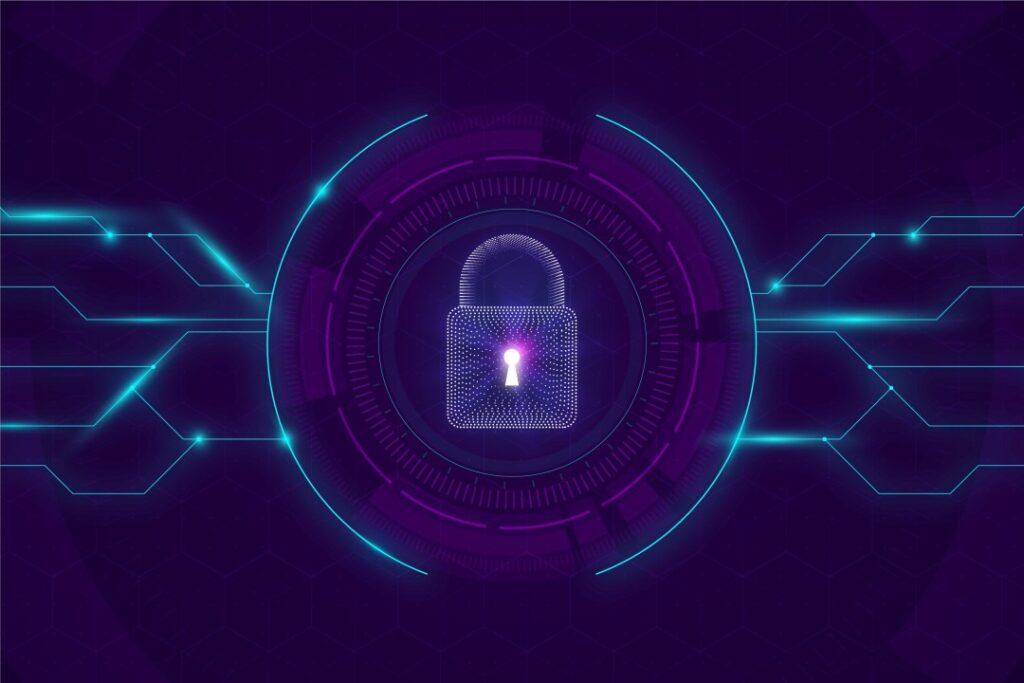How a Cyber Security Company in Qatar is Powering AI-Driven Threat Detection and Zero Trust Frameworks in 2025

In a rapidly evolving digital world, cybersecurity has become the backbone of business continuity, data protection, and operational resilience. For companies in Qatar—across sectors like healthcare, finance, oil and gas, and education—the need for robust cybersecurity services has never been more critical. Choosing a reliable Cyber Security Company in Qatar is the first step toward […]
Choosing the Right Cybersecurity Consulting Partner for VAPT Solutions

Currently, in today’s world, businesses worldwide are at the brink of becoming potential victims of cyber attacks. In fact, organizations are now required to be proactive in cybersecurity consulting to handle sensitive information, ensure compliance with regulations, and secure the organization’s reputation. One of the best ways to achieve that might be through Vulnerability Assessment […]
Are Your Digital Defenses Strong Enough? Discover the Power of Network and Cloud Penetration Testing

Companies at large believe safety online to be critically important especially because of the digital transformation compelling most businesses to rely fully on the internet and interconnected devices. Adoption in cloud technology has accelerated this by rapidly putting forth vulnerabilities as well as threats associated. But amidst so many new vulnerabilities and sophisticated technologies evolving […]
Common Vulnerabilities in Android Apps: What Developers Need to Know

As the world’s most popular mobile operating system, Android has become an attractive target for cybercriminals. With billions of devices in use, securing Android apps is a critical responsibility for developers. Failure to do so can lead to serious breaches, compromising both user data and the reputation of businesses. Here, we’ll walk through some of […]
The Critical Role of Data Loss Prevention in Modern Digital Environments
The Importance of Data Loss Prevention in Today’s Digital Landscape In an era where data drives decision-making and business operations, the importance of Data Loss Prevention (DLP) cannot be overstated. Organizations are increasingly reliant on digital information, making them prime targets for data breaches, loss, and theft. This blog explores why DLP is essential for […]
Can AI Predict Phishing Attacks?
In the digital world, phishing attacks have become a significant threat, using advanced technologies such as artificial intelligence (AI) to trick users. Traditional security measures are degrading as cybercriminals get smarter. This blog explores the role of intelligence-based phishing detection in combating these threats and improving network security. Understanding Phishing Attacks Phishing is a type […]
Discovering Common Vulnerabilities in Penetration Tests and How to Address Them
Penetration testing is a critical aspect of cybersecurity, where experts replicate potential attacks to uncover weaknesses within an organization’s systems. By identifying and addressing these vulnerabilities, businesses can prevent real-world attackers from exploiting their systems. Let’s go over some of the most frequently identified vulnerabilities during penetration tests and discuss effective ways to mitigate them. […]
Is Your Data Safe? The Importance of Regular Pentests in the Cloud
The Importance of Cloud Penetration Testing Cloud Penetration Testing (PET) is essential for businesses using cloud services.. This approach involves simulating cyberattacks to identify vulnerabilities and security gaps across the air, applications, and locations. As more and more companies move to the cloud, it’s important to understand the importance of access testing to protect sensitive […]
Behavioral Analytics in Cybersecurity
Introduction In the ever-evolving landscape of cybersecurity, traditional methods of defense are proving insufficient against sophisticated cyber threats. As cybercriminals become more adept at evading detection, organizations must adopt innovative strategies to protect their digital assets. Behavioral analytics has emerged as a powerful tool in this context, offering a proactive approach to identifying and mitigating […]
Stay Safe from AI-Generated Morphed Images
In today’s digital world, a troubling trend has emerged where people use artificial intelligence (AI) to create morphed images. These manipulated images can be incredibly realistic, making it difficult to distinguish between real and fake. This blog will help you understand this issue and provide practical cyber security tips to protect yourself. What Are AI-Generated […]

